Two Journeys Collide: Corinna Mantlo
Celebrating & Preserving Moto History and Pushing Personal Boundaries … Living the Life
Founder of Via Meccanica (leather upholstery), Cine Meccanica, the Motorcycle Film Festival, The MISS-FIRES CC/MC … and currently a Wall of Death and Lucky Devil Hell Drivers Thrill Show participant and future performer …
Corinna Mantlo's life and career have taken an interesting journey through photography & cinematography, shining a light on issues close to her heart, to creating events and formats which celebrate moto culture, to immersing herself in the moto counterculture, and finally to preserving that moto lifestyle as a film curator with The Vintagent.
The New York native shared that personal adventure through photos – some hers, and some shot by people she has worked and shared experiences with – at Motos and Photos NYC : Part Deux at Filipacchi, Jan. 24.
1) What initially attracted you to photography and cinematography and what were some of the initial stories you used these skills to tell? The Fulton Fish Market doc seemed like a key moment in your development.
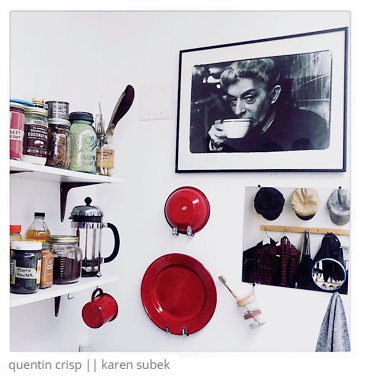 Well, first off, I don’t consider myself a photographer, though I am the daughter of one. My mother (Karen Subek) studied at Cooper Union and went on to shoot for many of the New York based political publications, including The Village Voice in the 1970s. I always think of her portraits as quiet and intimate. My favorite, of Quentin Crisp drinking coffee at the Cooper Square Diner, hangs in my kitchen still.
Well, first off, I don’t consider myself a photographer, though I am the daughter of one. My mother (Karen Subek) studied at Cooper Union and went on to shoot for many of the New York based political publications, including The Village Voice in the 1970s. I always think of her portraits as quiet and intimate. My favorite, of Quentin Crisp drinking coffee at the Cooper Square Diner, hangs in my kitchen still.
I learned to line up the focus on her Leica as a little kid, shot on my own Pentax K1000, and spent years in our home darkroom rolling, developing, and printing film. My first apprenticeship was to the photographer Jayne Wexler, shooting portraits on a Hasselblad medium format, and even though I studied painting at Laguardia High School of Art, my own Cooper Union portfolio was mostly photography based.
Growing up in this way, completely immersed in the painfully beautiful and inspiring work of photographers past and present, I found that it, like painting were not my talent. Instead, I fell into film at 17 and spent the next 10 years working as a PA, costume designer, production designer, and producer of art films, until I found documentary film and everything clicked. As a director, I fought to capture our disappearing New York City before it was gone for good.
‘Up At Lou’s Fish; The Fulton Fish Market Chronicles’ (2007) (upatlousfish.com) was coincidentally inspired by current portrait photographs taken by a college student who, while documenting a 180-year tradition, fell in love with a fish monger and became personally involved. Her images mirror the work of another female photographer who went down to south street in the 1970s and never left. Their work is different in style but fascinating for the timelessness of the images. South street looked in 2003, as it did in 1973, and 1873. I followed with a film crew to document the final days of the fish market on Fulton street and became so enamored with the work ethic, community and tradition that I and my crew stayed three years as they fought to keep their home, their jobs, and their way of life in a city that didn’t want them around anymore.
It took months of just hanging out to gain their trust before the cameras came out, and with their permission, I’m honored to have been allowed to capture the only substantial and intimate footage of their lives since 1953.
Up at Lou's Fish trailer — Corinna Mantlo
I followed with a film crew to document the final days of the fish market on Fulton street and became so enamored with the work ethic, community and tradition that I and my crew stayed three years as they fought to keep their home, their jobs, and their way of life in a city that didn’t want them around anymore.
2) You very much ascribe to the ‘shoot what you know’ philosophy … your Instagram is full of images from your past year's experience with the Wall of Death and as a firestarter and trainee with the Lucky Devil Hell Drivers Thrill Show … tell us about the transition from covering/recording events to wanting to do them.
It’s not a philosophy. I’m not an artist. I’m just documenting my life.
In film, I found my voice to peer into the window of a world as Arbus, Weegee, and Brassaï had done in still images, and like them I found that simply peering into the window wasn’t enough, and instead I think I climbed through head first.
Yes, the act of riding the wall is beautiful and dangerous, but the glory shot without the backstory of hard work, dedication, life on the road, poverty, heartbreak, and ultimately “nothing to hope for, where only injury and death await” (to quote a Baltic documentary on the subject), would not tell the true story of what it means to fall in love with the Wall Of Death.
This is living history. It’s the dedication of the riders to keeping it alive that made me want to not just document it but to live it with them. But, I do believe that it is documentation for a wide audience that will ultimately keep the sport alive, and I struggle every day, that I’m not talented enough to capture the images that would tell the story as poignantly as I see it in my head.
Instagram specifically interests me because it’s designed to be a current and personal documentation of your life. It strips away the verbal status format of Facebook, and doesn’t care what you wish you could do, what you always dreamt about doing, how bad your day was, or how good your lunch was. It cares what you are actually doing.
3) Does this ‘immersion’ of sorts offer you more intimate opportunities to capture moments on the road with both people and bikes?
Of course. This isn’t the lions of the Sahara or race car drivers at an organized media event. You’re stepping into someone’s life. That takes trust, and time, and patience.
My mother once told me that she struggled with the idea of capturing an anonymous candid vs creating an intimate portrait. I find that I struggle with the same question.
The best images and stories I’ll never be able to share here, because I made a choice to not be a documentarian and instead be part of it. The images I do share I hope reflect and are informed by the shots I didn’t take.
Rhett Rotten's Wall of Death motorcycle stunt show, Globe of Death — Corinna Mantlo, Jonathan Pacheco
The best images and stories I’ll never be able to share here, because I made a choice to not be a documentarian and instead be part of it. The images I do share I hope reflect and are informed by the shots I didn’t take.
4) In the past you have been the driving force behind the formation of several New York institutions: The MISS-FIRES, The Motorcycle Film Festival, and Cine Meccanica which organized local showing of moto-related films in small venues. All in some shape or form seem to have been about gathering community. How does that play on your creative side and what are you most proud about achieving?
I’m proud of all of it. Community organizing is what I do and always have done. By presenting history to, sharing the present with, and creating a future for any particular group, you are creating and telling a story all at the same time.
5) The need to preserve and share moto culture has also brought you to a fairly new position as a motorcycle film curator for Paul d’Orleans website, The Vintagent, allowing you to be immersed in stories of riders past and present every day. Tell us a bit about the project, some of the gems you’ve discovered and what the future holds in terms of new and upcoming events, features and projects.
The Vintagent film archive is the next step in what we built as The MFF. The goal has always been to find films and to bring them to the widest audience possible. While there is nothing like the experience of watching a film and sharing the emotion with a packed room of enthusiasts, it was limiting in scope. The website allows us to bring the same films to a worldwide audience, while preserving them for all time.
The films themselves cover the gamut and to pick (a favorite) would be impossible; from documentary to narrative, past and present, high and low budget, the collection as a whole tells the complex and diverse story of a tiny segment of society. the motorcyclist.
thevintagent.com homepage
Ten people could tell the same story and none would ever be the same because each voice brings a unique perspective. This is liberating because you don’t have to find an untold story ... it’s all motorcycles. They’ve been shot a bunch ... but not by you, yet.
6) Being a curator, what advice do you have for people shooting moto-related stills and film … something that will help them be unique in the field.
I can only say to be true to yourself. If the format or subject doesn’t move you, it won’t move anyone else. Ten people could tell the same story and none would ever be the same because each voice brings a unique perspective. This is liberating because you don’t have to find an untold story ... it’s all motorcycles. They’ve been shot a bunch ... but not by you, yet.
For me personally, I don’t know how to be a motorcyclist without the profound visual influence motorcycle films have had on me. Brando in The Wild One, Keaton in Sherlock Jr., Marianne Faithful in The Girl On A Motorcycle. It’s always been art imitating life, and life imitating art to me.
7) Do you have a favorite shot of yours from past years which captures your personal enthusiasm for moto culture?
Wall of Death camaraderie — Corinna Mantlo
On the subject of Wall Of Death, this one isn’t a great photograph, but the story behind it speaks to the heart and resilience of a tiny motorcycle sub-sect community divided over the years by personal and business issues, coming together to put their hands behind their backs, put on a smile for the audience and show respect for the sport on whole. This photo, and why it exists, to me speaks to the possibilities for the future of the Wall Of Death.
8) You have several new projects on the go including training to be a Wall of Death rider and preserving that dying culture with an injection of new ideas. Tell us a bit about what you’re doing in that vein and who you’ll be working with.
This is a question for next time ;)
Okay … we’ll look forward to hearing those details when they’re ready for release. Thank you for your time and insights.
You can follow Mantlo’s journey at: @miss1932. Other links: Lucky Devil Hell Drivers Thrill Show | The Vintagent | Via Meccanica.
Mantlo was one of three featured speakers appearing at Motos and Photos Night : NYC, Jan. 24 at Filipacchi..



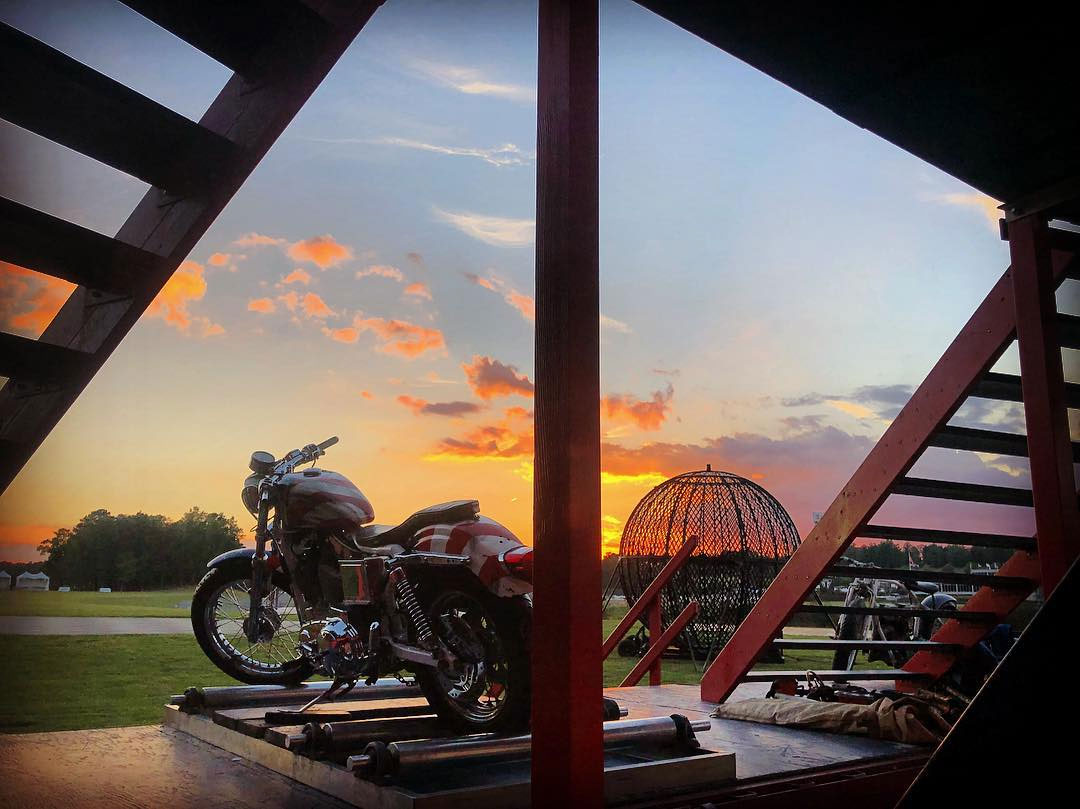
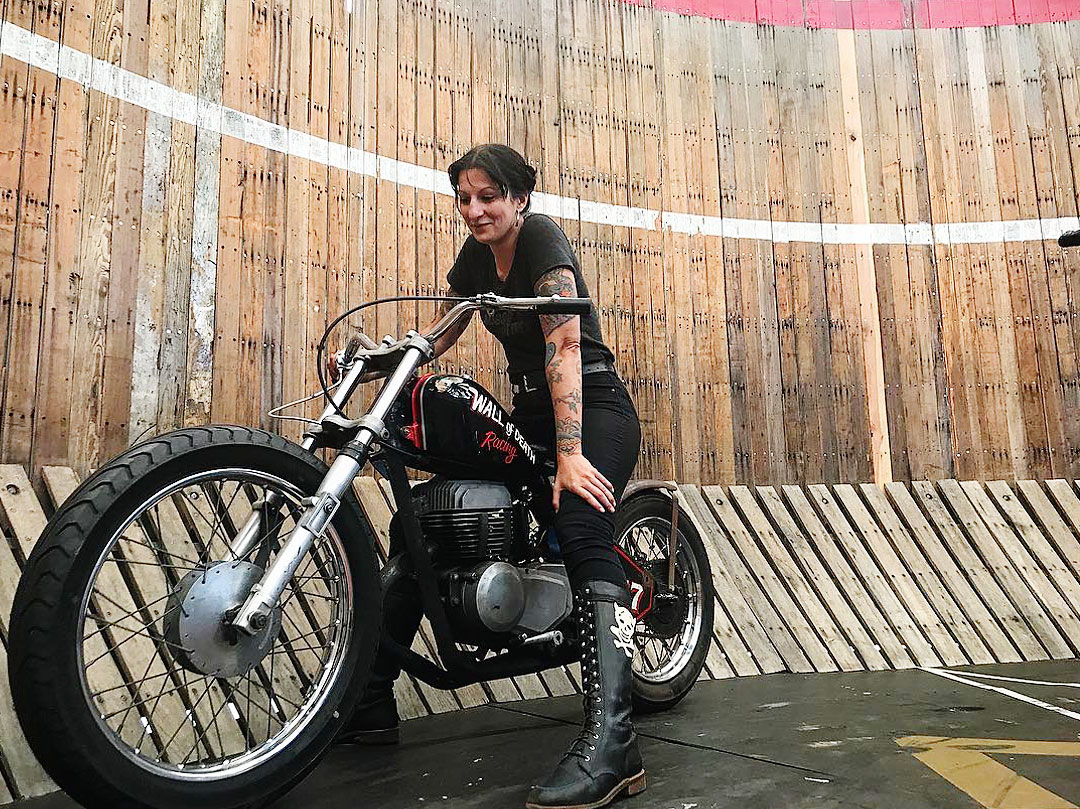
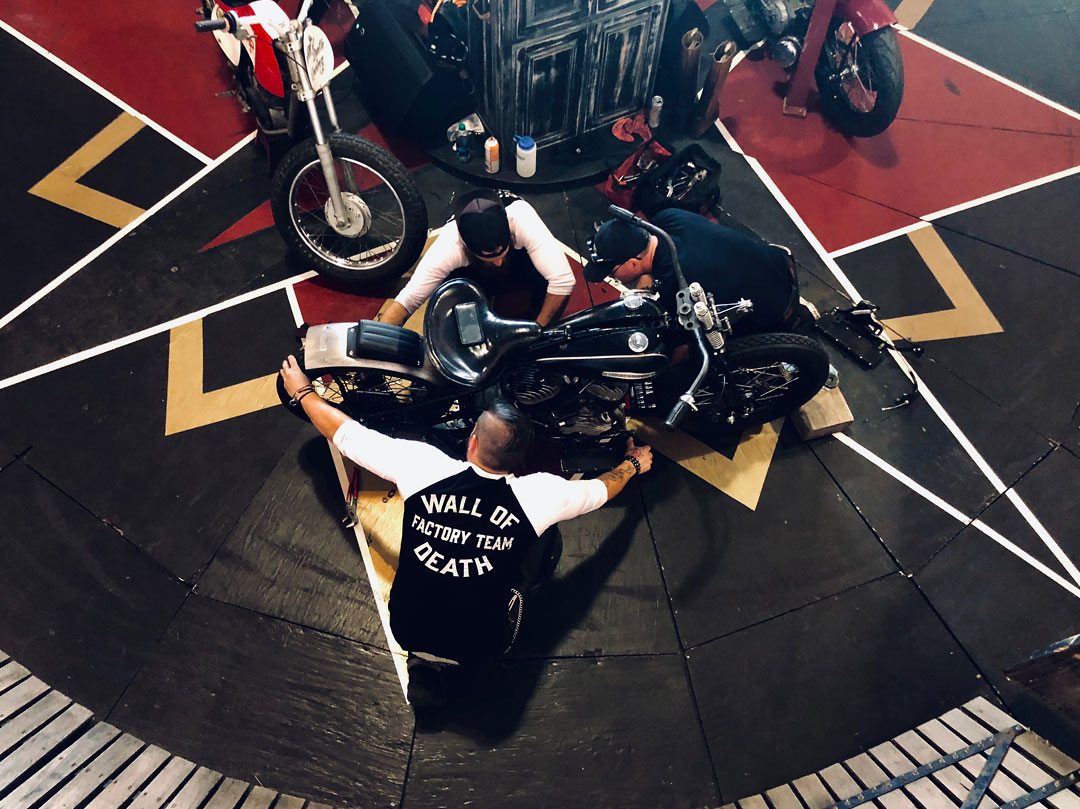
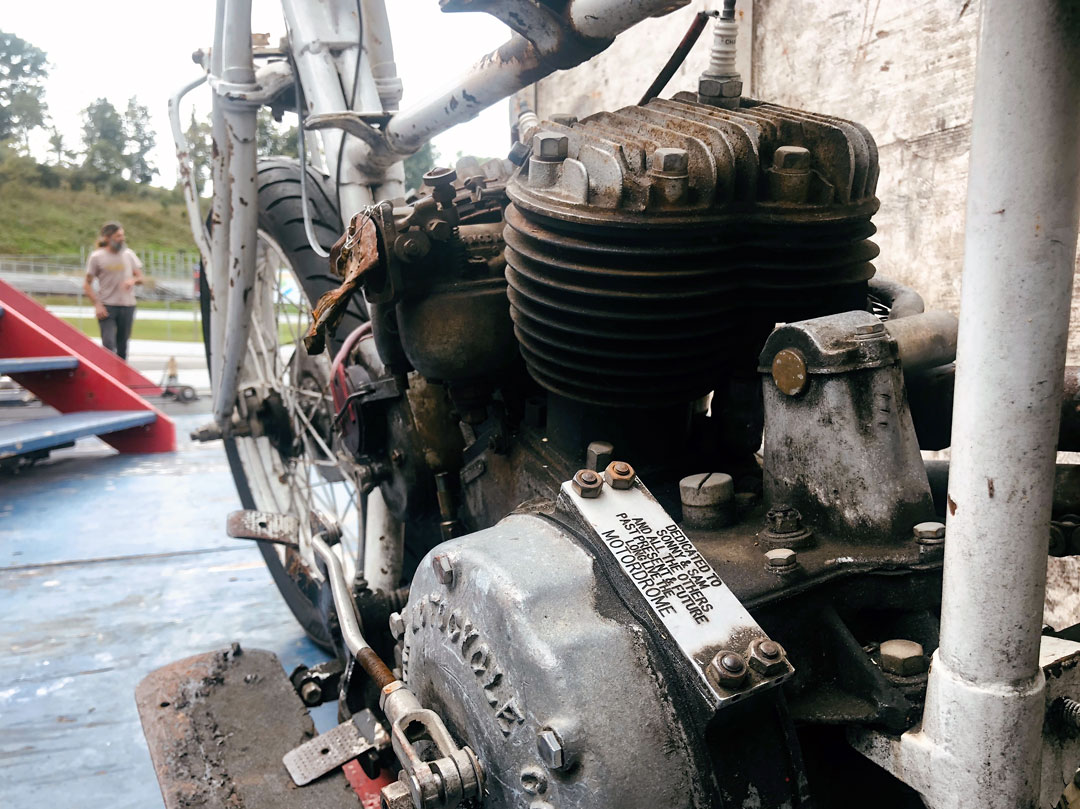
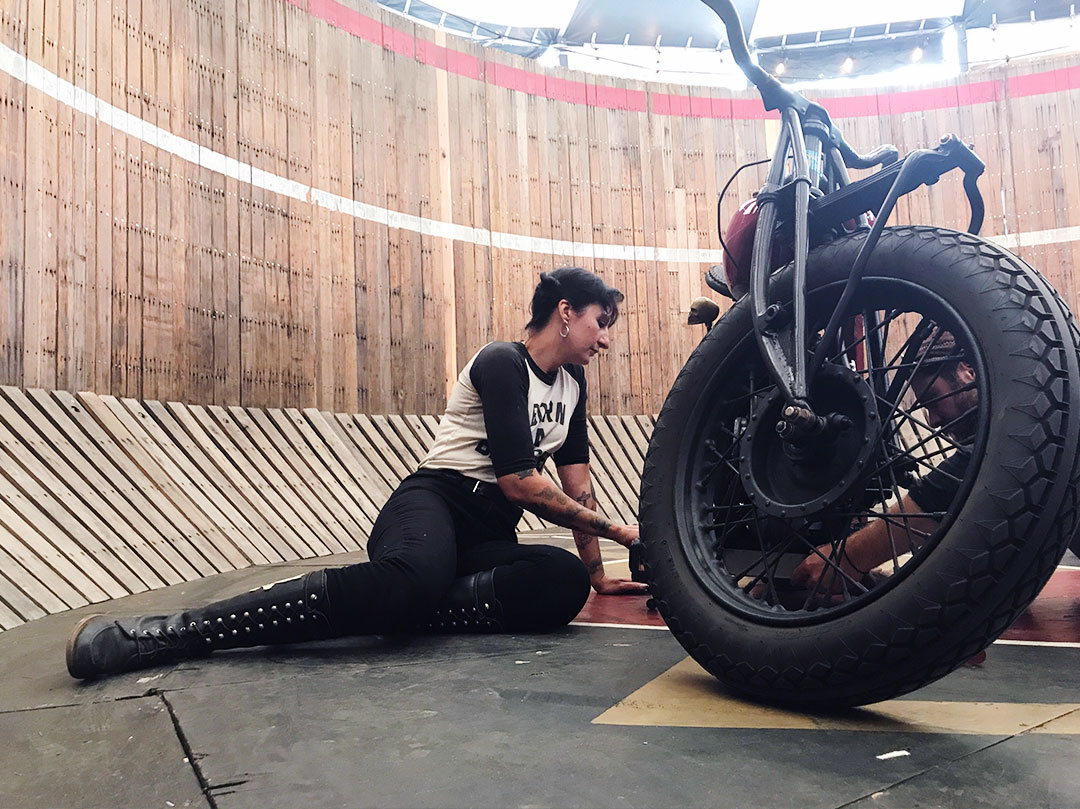
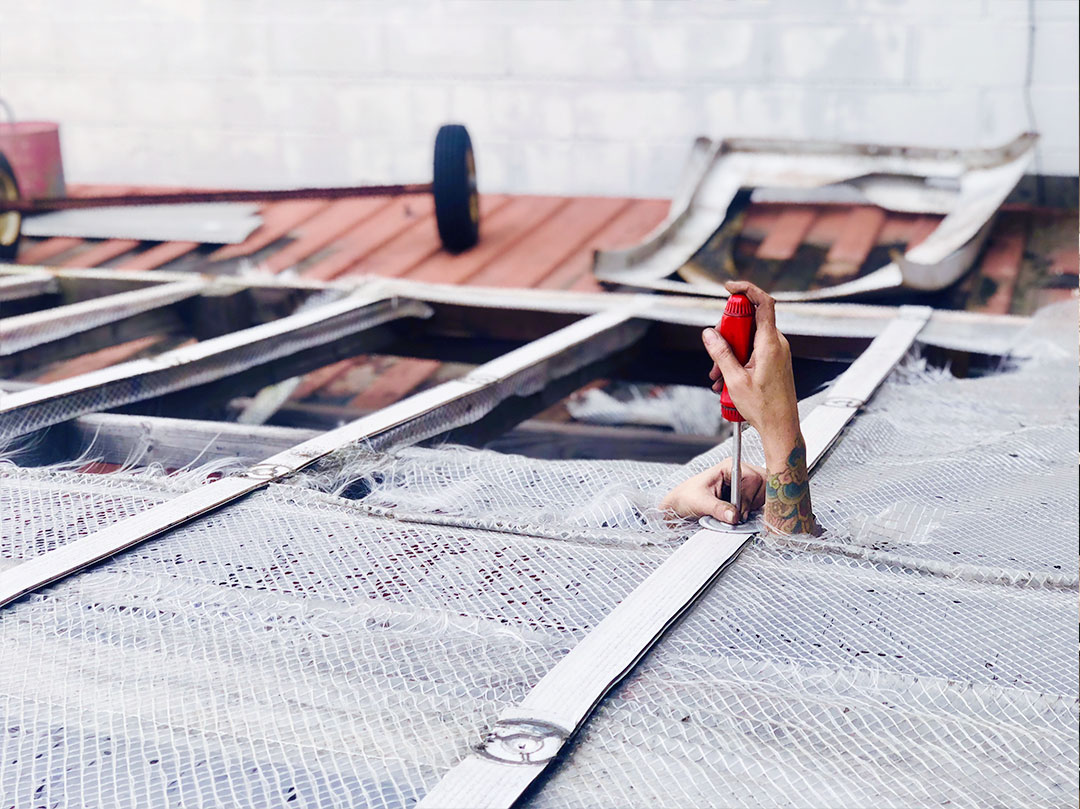
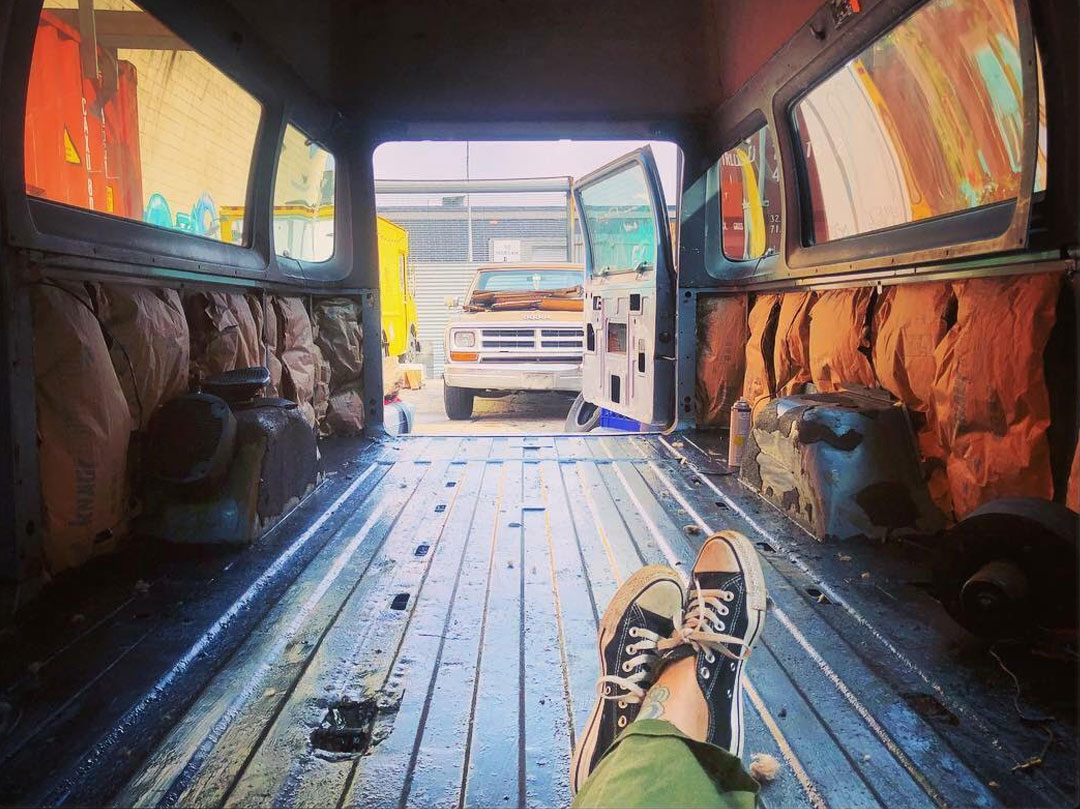
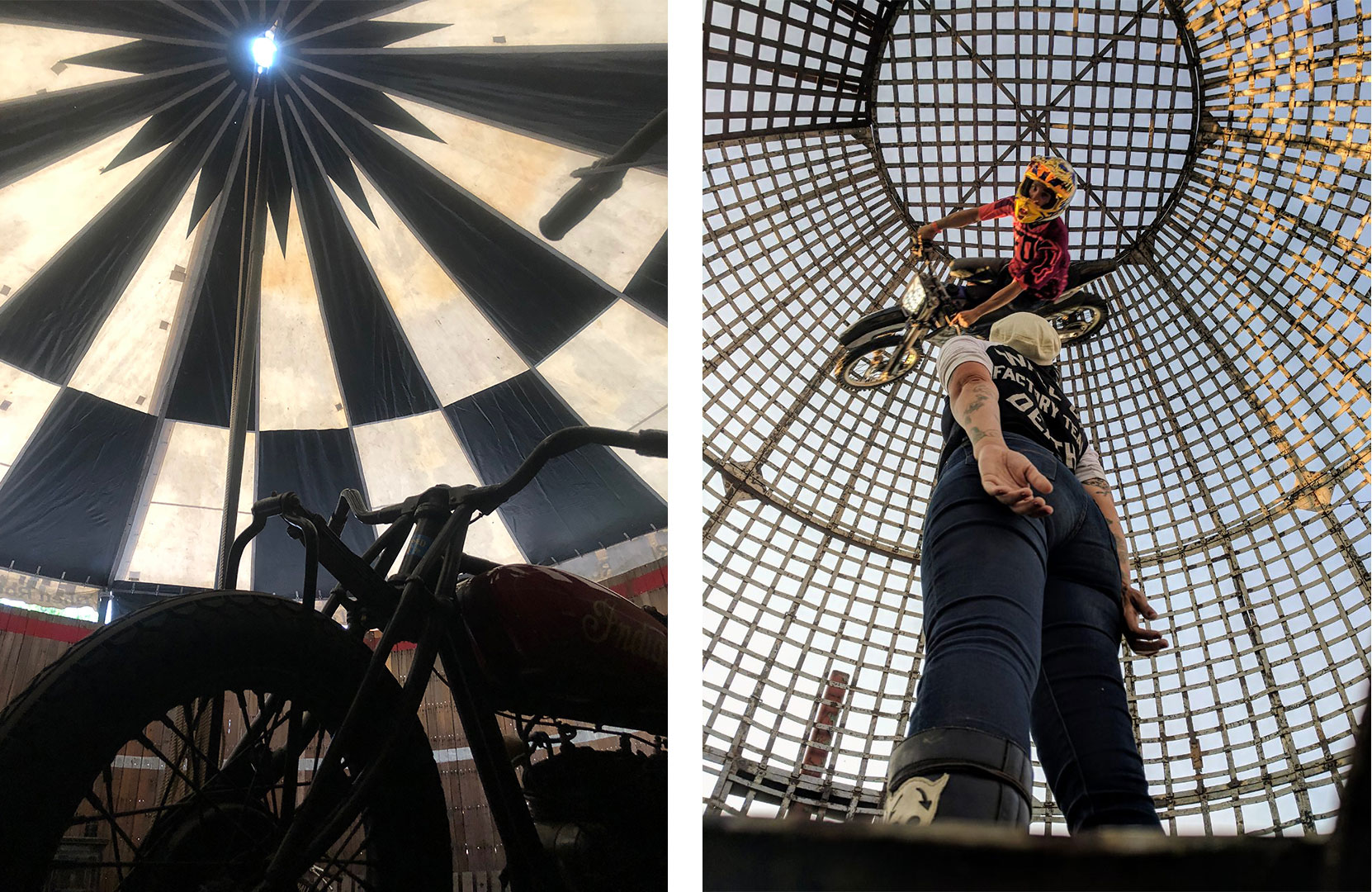
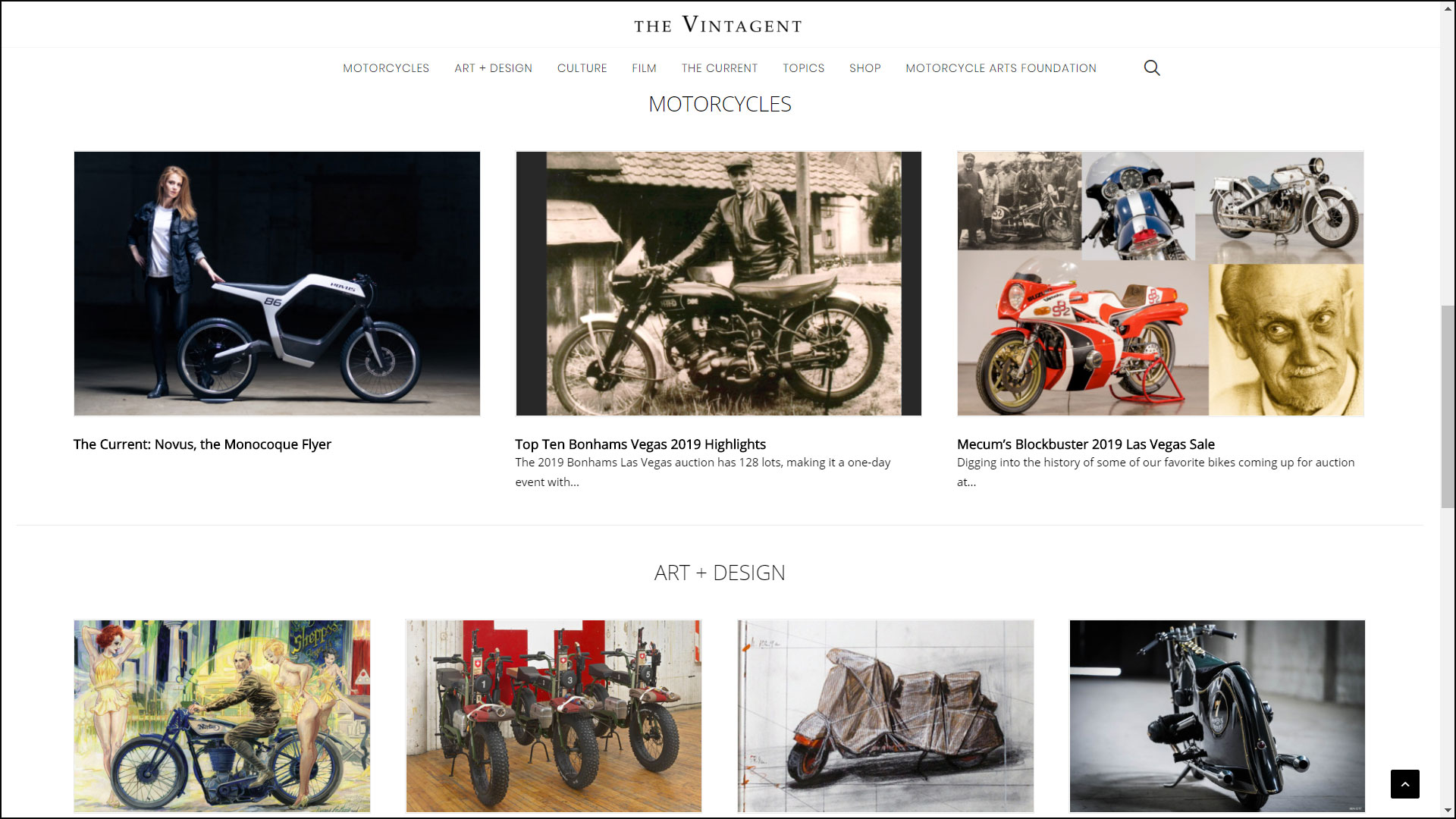
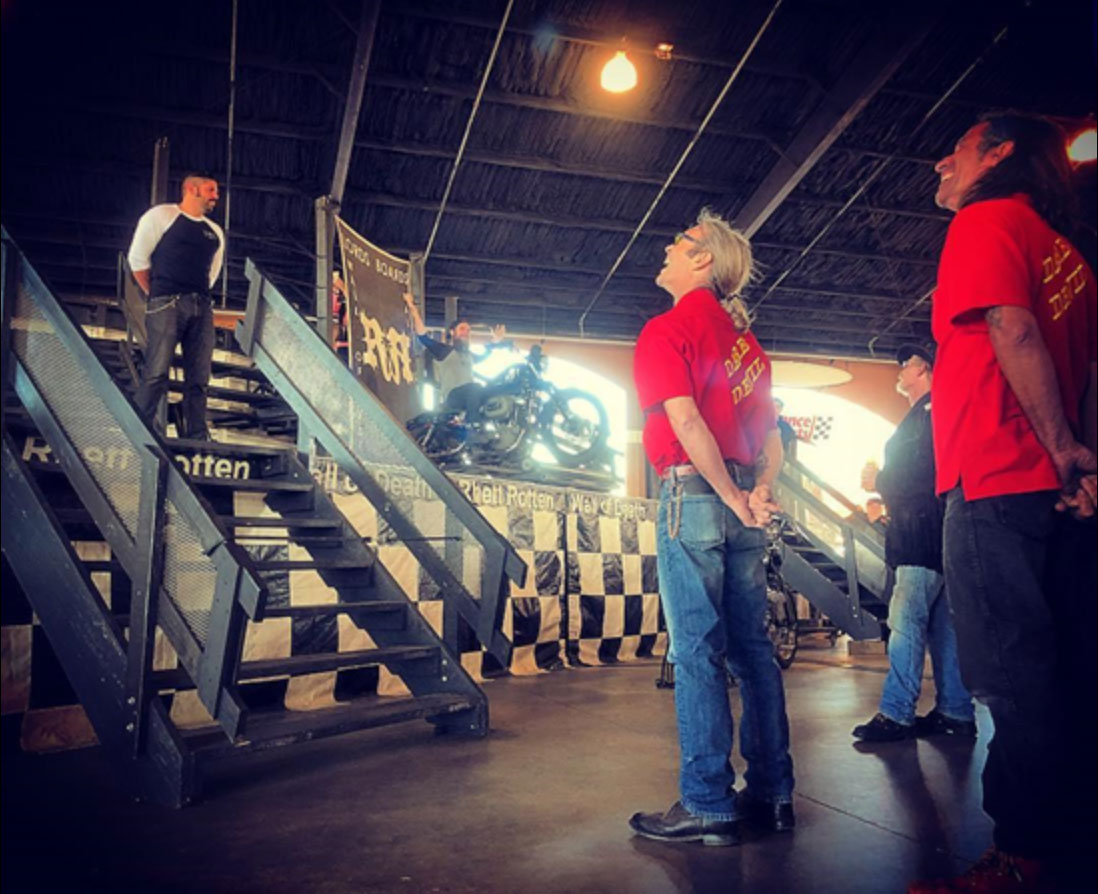


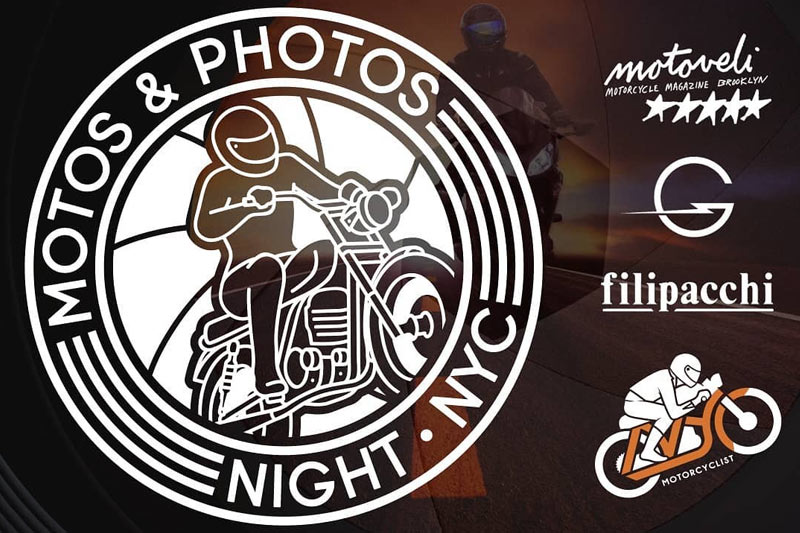
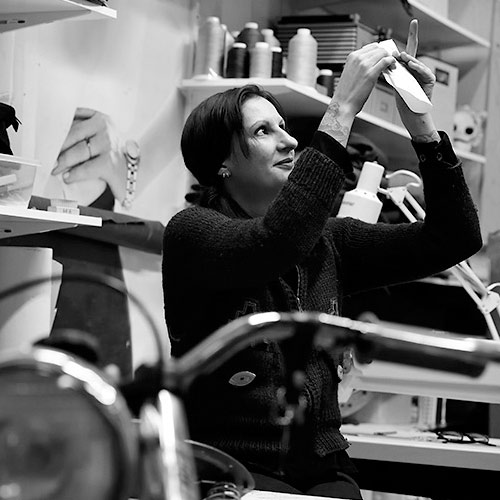
Leave a Comment